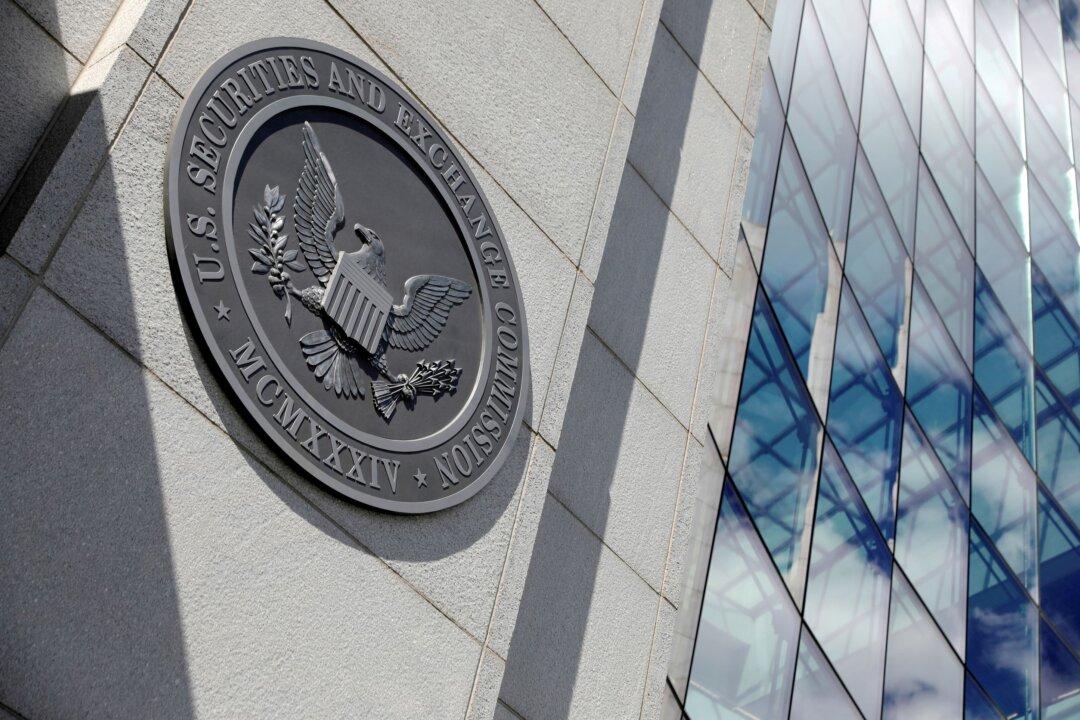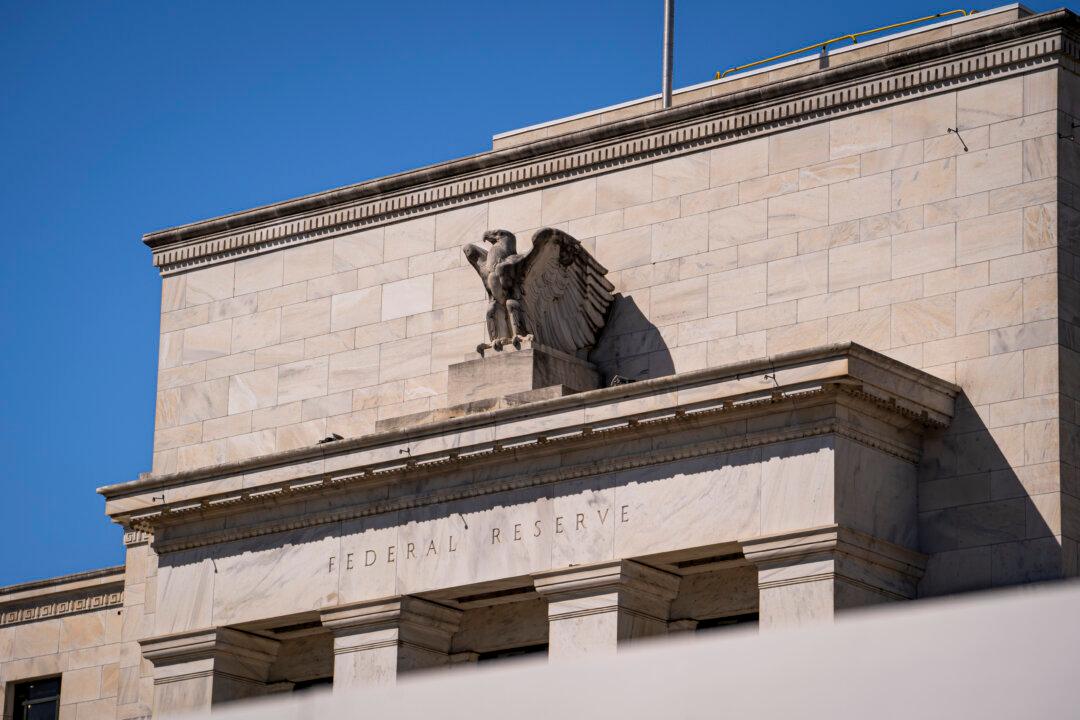In a move aimed at benefiting investors and reducing market risk, the Securities and Exchange Commission (SEC) introduced the T+1 settlement rule, which shortens the settlement cycle for most securities transactions from two business days (T+2) to one business day (T+1). This change, effective from May 28, marks a notable shift in the U.S. stock market’s operational dynamics, a transformation not seen in over a century.
The T+1 settlement cycle will apply to the following securities:
- stocks
- corporate bonds
- exchange-traded funds (ETFs)
- municipal securities
- some mutual funds
- limited partnerships that trade on exchanges




